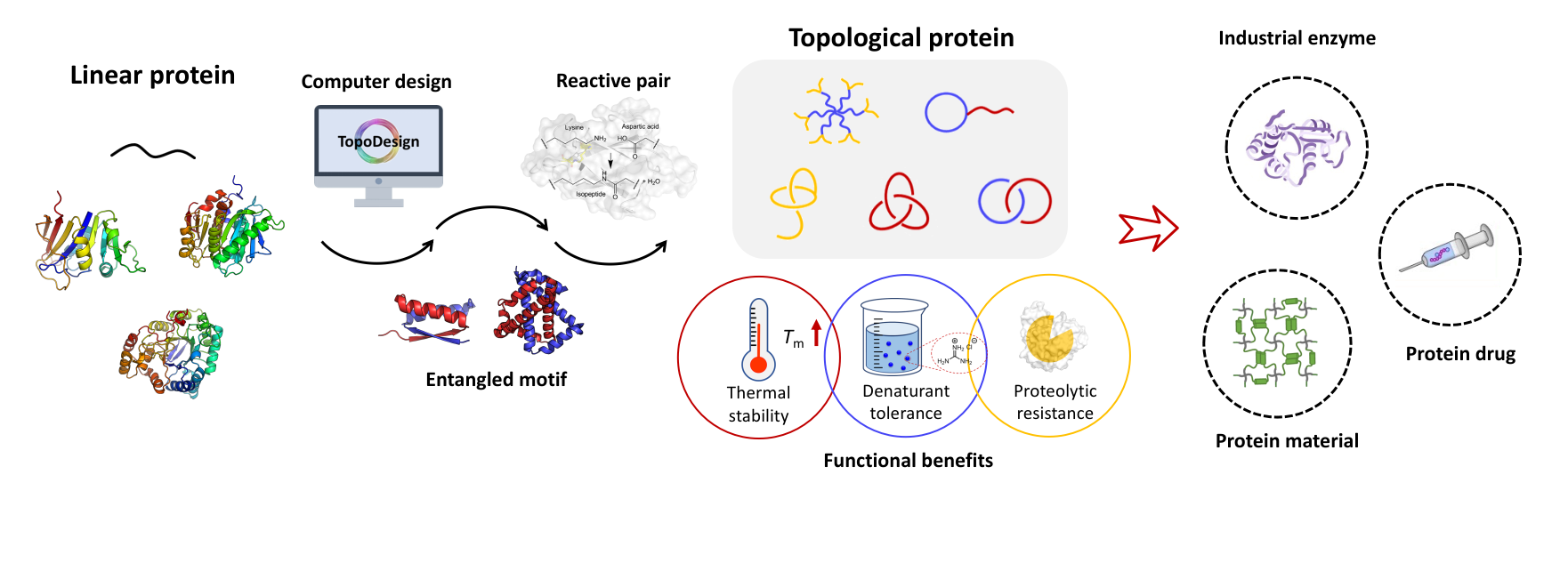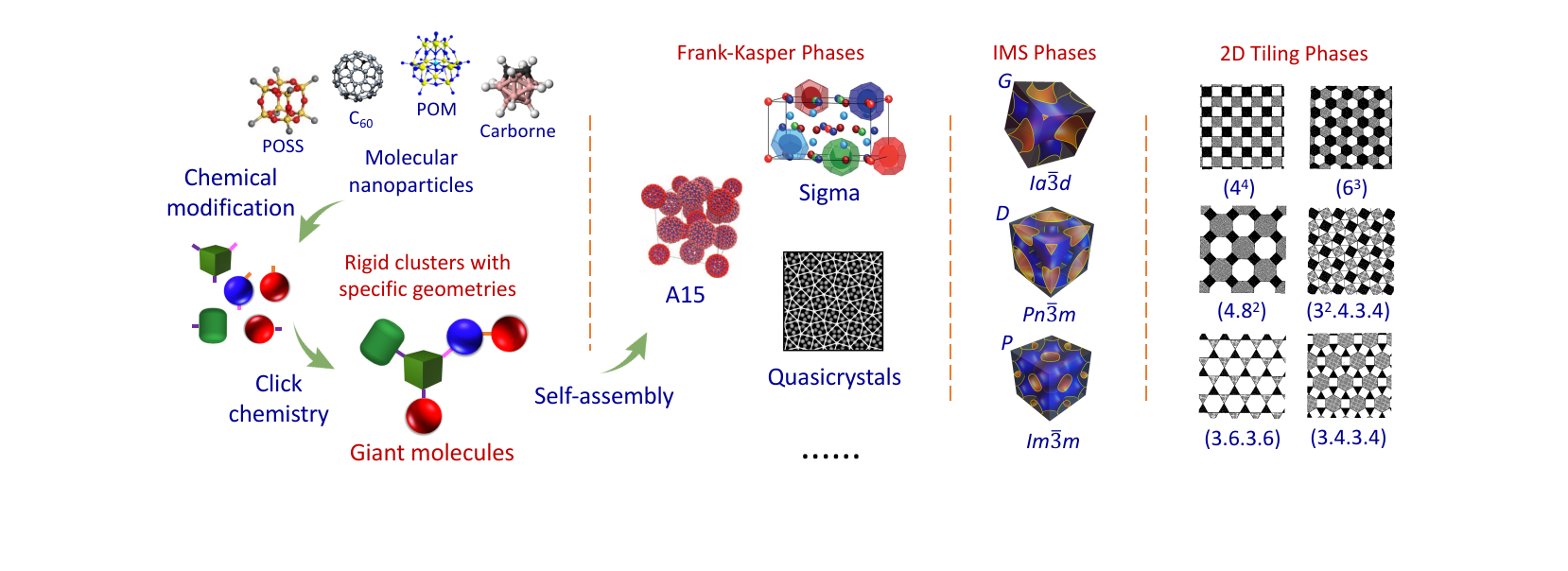箴言
在科学上没有平坦的大道,只有那些不畏艰险沿着陡峭山路攀登的人,才有希望达到光辉的顶点。
----马克思
-----------------------------------------------
合作研究
请有兴趣的研究组联系我们。欢迎任何形式的合作,尤其是在自组装、水凝胶以及生物医药等方向的合作。
------------------------------------------
研究成果
Shao, Y.; Han, S.; Yang, S.; Zhang, W.-B.* Synthesis, Characterization, and Self-assembly of a POSS-based Janus Molecular Particle. Sci. Sin. Chim. 2020, 50 , DOI: 10.1360/SSC-2020-0125.
Abstract: Molecular nanoparticles have attracted significant research interests due to their unique physical and chemical properties. In this article, we report the synthesis of a Janus molecular nanoparticle based on polyhedral oligomeric silsesquioxane (POSS) by a facile two-step click procedure, its self-assembly in the bulk and its phase behaviors. The Janus molecular nanoparticle oom-T8F5(OH)3 has three hydroxylalkyl groups on the same plane of the POSS cube and five perfluoroalkyl chains on the rest vertexes. The Janus configuration was characterized by nuclear magnetic resonance (NMR) spectrometry. Further investigation revealed that the molecule has a wide region of hexagonal columnar (Colh) liquid crystal mesophase resulting from the collective hydrogen bonding interactions. In addition, due to the highly asymmetric distribution of the perfluoroalkyl tails, direct crystallization from the melt results in a metastable state which, upon heating, can further re-organize into a more stable crystalline state. This stable crystalline state is accessible only upon heating, but not upon cooling, which is a typical monotropic phase transition behavior. We also found that shearing in the Colh phase can align the molecules and help develop into the more stable crystalline state. Overall, this work provides fundamental understanding for the self-assembly and phase behaviors of Janus molecular particles and may shed light into the design and development of hybrid nanomaterials in the future.





